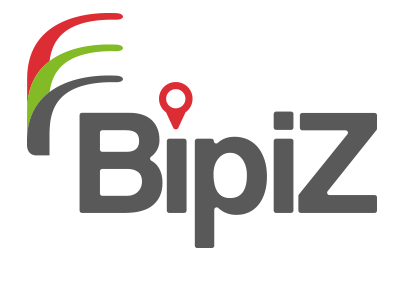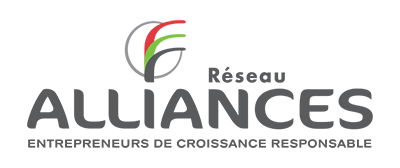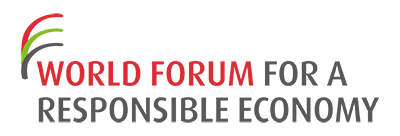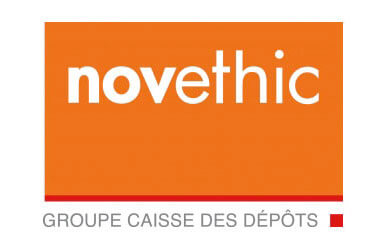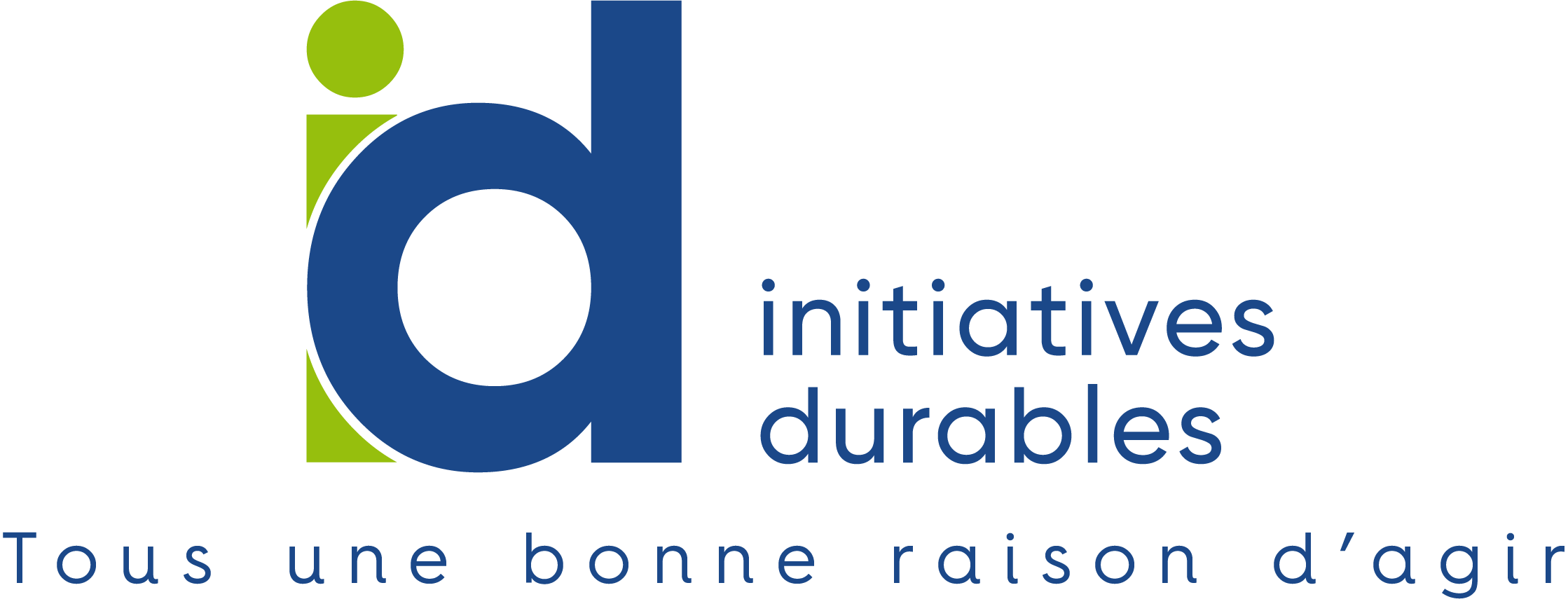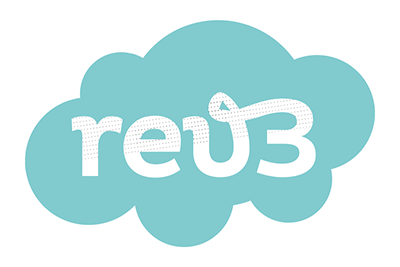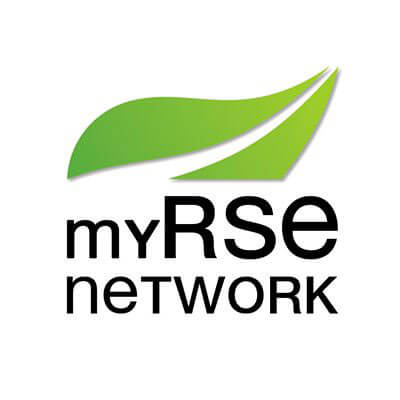Coca-Cola is the leading manufacturer and distributor of beverages in the world with 3500 brands. The Coca-Cola system is based on the provision of Coca-Cola syrup to 300 bottler partners who manufacture, distribute and sell beverages to retailers (Retail, Hotels, Restaurants, bars, grocery stores).
To better meet the needs of developing countries like East Africa or Latin America, The Coca-Cola Company and Coca-Cola Sabco (the bottler partner for East Africa) developed a manual distribution model: the MDC (Manual Distribution Center).
COCA COLA in East Africa: a distribution model against poverty.
7. Community involvement
Community development
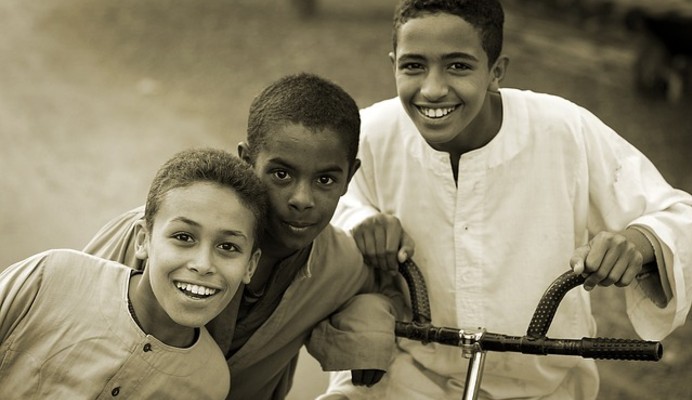

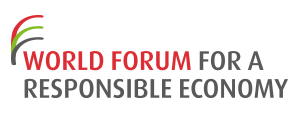
Context
Objectives
- Meeting demand in areas of high urban density and / or difficult to reach by truck.
- Fight against poverty: developing entrepreneurship and economic advancement of women, create jobs in poor neighborhoods and slums.
- Preserve the natural and human resources such as water and know-how.
APPROACH
The original findings of the MDC project:
- Traditional models of distribution are not suitable for areas with high urban density and poor road infrastructure.
- The constitution of stocks is limited by financial resources and storage space for retailers
- Women, often excluded from economic opportunities, tend to dominate the large informal sector of retail.
The characteristics of the MDC model:
- A central warehouse for a delivery zone of 150 outlets.
- Manual delivery to outlets.
- Reliable point of sales volume with large cash flow and rotation of stocks.
- Micro-credits and subsidies to finance the MDC by Sabco.
Coca-Cola Company uses this model as the basic method of distribution in Africa and Latin America.
More info in the "Developing Inclusive Business Models" reports (published in 2008 by International Finance Corporation and Harvard Kennedy), and "Exploring the links between international business and povety reduction"(published in 2011 by Oxfam).
Oxfam has in fact measured the "poverty footprint" of Coca-Cola in Zambia and El Salvador, analyzing its impact on local communities and the economy and define its opportunities and challenges (enhancing the role of women, water management, support to small suppliers and distributors, and marketing policy) many lessons that will enable Coca-Cola to further improve its system for years to come.
CONTRIBUTION TO COMPANY PERFORMANCE
- New markets from MDC
- 83% of domestic sales. 93% in Ethiopia and Tanzania.
- $ 550 million in revenue in 2010, margins from 3 to 5%.
- 95% of owners and 80% of Employees feel a significant improvement in their Income.
Benefits
- The MDC has helped create 21,000 jobs in the four countries mentioned.
- Women's economic independence. 50% of new retail outlets are run by women. 2020 target, 5 million women
- Country
- Kenya
